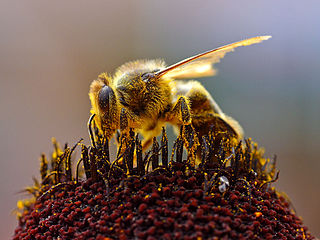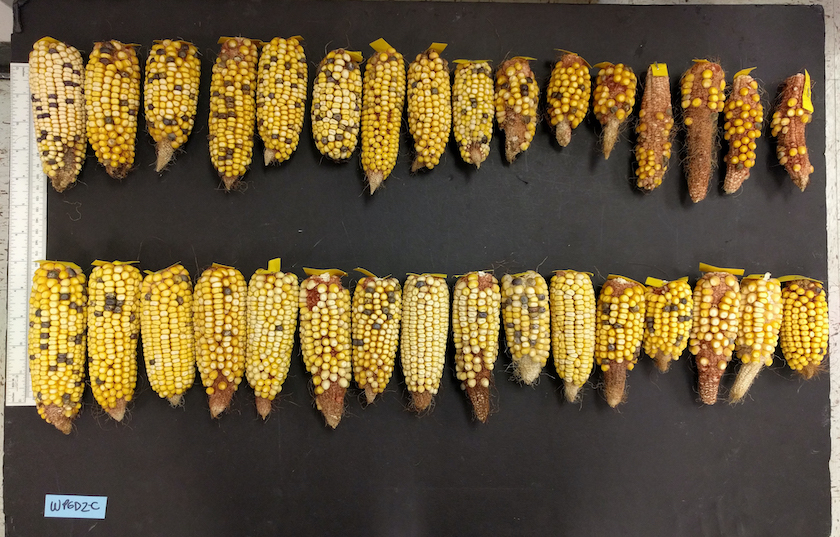-

The latest Drought Monitor, released today, shows that rain in Florida and in eastern Georgia improved drought conditions there. However, the lack of rain in northern Alabama, the Carolinas, Tennessee and Virginia caused some degradation of drought conditions there. On the latest map, over 50% of the region is covered by drought, and 83% is…
Posted in: Drought -

According to the monthly climate summary for June 2024 released today by NOAA, this past June was the second warmest on record for the 130 years of official records for the US. The worst heat was in the southwestern part of the country, but almost everywhere was warmer than normal. For the January through June…
Posted in: Climate summaries -

We entered July with a big heat spell that lasted through the first week. Temperatures are still warmer than normal now but not as high as the past week, and the pattern has shifted so that we are back in the flow of moisture from the Gulf of Mexico and the Atlantic Ocean, which has…
Posted in: Climate outlooks -

The importance of bees and other pollinators on food production cannot be understated, since without pollinators most plants could not produce food and seeds for future plants. Here are two recent stories I read that discuss two different aspects of how the changing climate is affecting pollinators. The first story, from Morning Ag Clips, reviews…
-

In a big change from the past few weeks, rain is expected across most of the region over the next two weeks, bringing some relief to farms and farmers who desperately need it. This week, we expect to see a good bit of rain this weekend, with lighter rain early next week and then more…
Posted in: Climate outlooks -

The dry conditions that have grown across a lot of the Southeast in the past few weeks have put a lot of stress on many crops, but probably none more so than corn. As I have driven across Georgia in the past couple of weeks, I have seen a lot of dryland corn fields looking…
-

Do you know why summer is the hottest season? It’s not because the earth is closest to the sun then. In fact, on July 5 the earth reached its farthest distance from the sun, a point that is called “aphelion” (I think of it as “a” for “away”). The Northern Hemisphere is hottest in June…